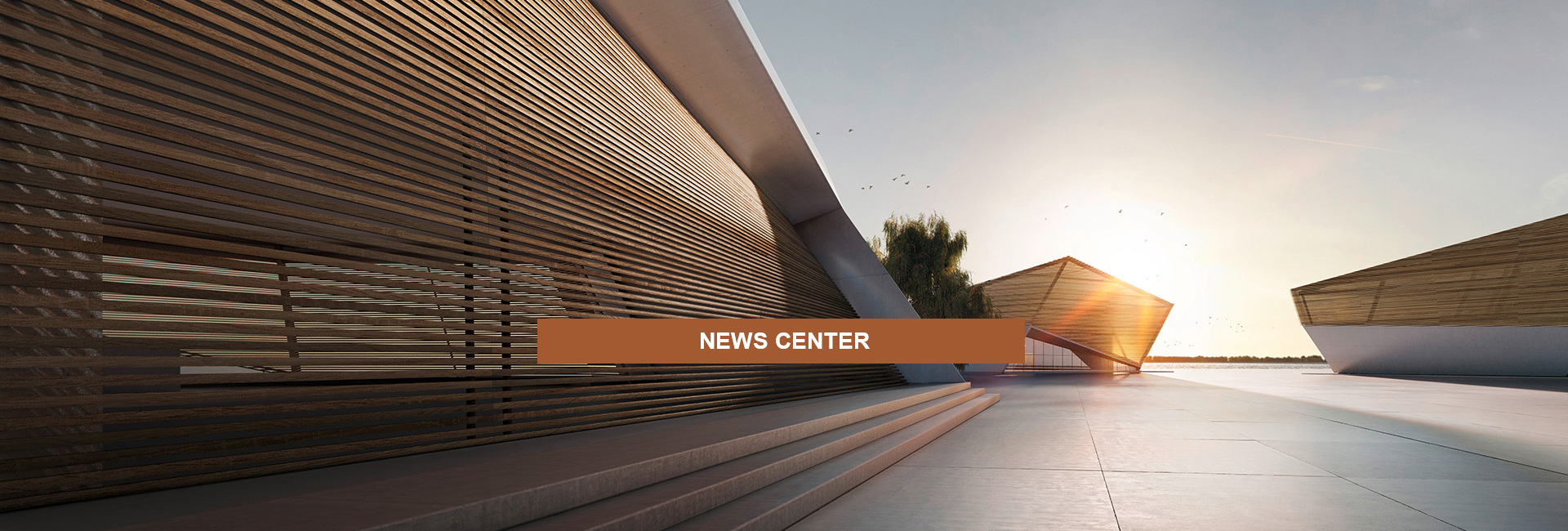


How to process decorative stone in general
(1) Sawing
Sawing is the operation of sawing natural stone blocks or large artificial stone base materials with a stone saw into boards.
Sawing equipment mainly includes frame saws (gang saws), disc saws, wire rope saws, etc. When sawing hard stones such as granite or larger-sized stones, frame saws are commonly used, and when sawing small-sized stones with medium hardness or less, disc saws can be used.
The stone sawing principle of the frame saw is to pour watered iron sand or silica sand into the lower part of the saw blade, and the saw blade (belt-shaped flat steel bar) under certain pressure will reciprocate on the stone with the iron sand, generating friction and sawing the stone.
The circular saw is composed of a frame, a saw blade fixing frame, a landing device, and a saw blade. The large saw blade has a diameter of 1.25-2.50m, and can process stones with a height of 1.0-1.2m. The saw blade is hard alloy or diamond blade, the latter is widely used. The stone cutting mechanism of the saw blade is that the saw teeth impact and rub the rock, breaking the crystalline mineral into small pieces to realize the cutting.
(2) Surface processing
The surface quality of the sawn board is not high, and surface processing is required. There are various forms of surface processing requirements: rough grinding, fine grinding, polishing, flame drying and chiseling, etc.
The grinding process is generally divided into five processes: rough grinding, fine grinding, semi-fine grinding, fine grinding, and polishing. Grinding equipment includes rocker arm type hand grinder and bridge type automatic grinder. The former is usually used for small parts processing, and the latter is used to process plates of more than 1m2. Abrasives mostly use silicon carbide plus bonding agent (resin and high alumina cement, etc.), or use 60-1000 mesh emery.
Polishing is the last process of stone grinding and processing. After this process is carried out, the stone surface will have a greater ability to reflect light and good smoothness, and the inherent pattern and color of the stone will be displayed to a greater extent.